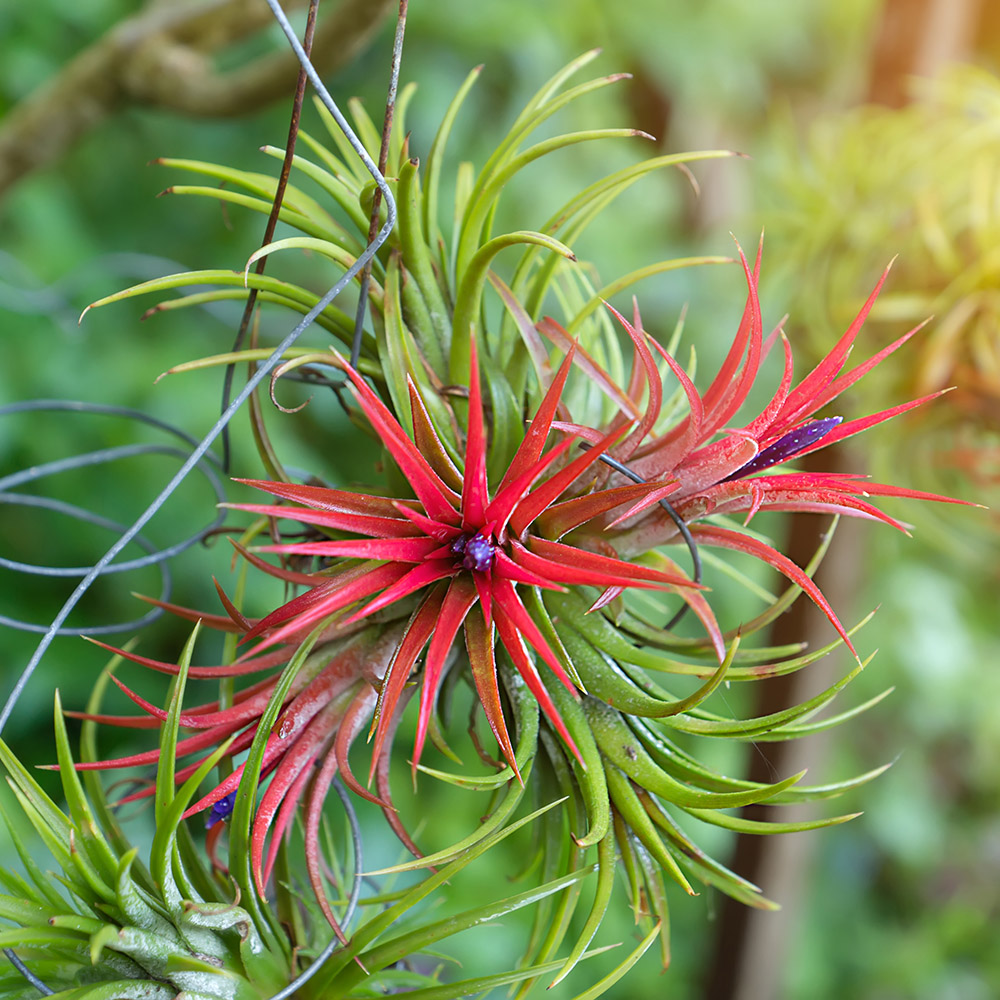Feel like it’s time to update your home’s look, but not sure where to start? Turn to the great outdoors for your inspiration! Houseplants are the hottest thing in interior decorating, and it’s not hard to see why. Indoor plants make functional decorations that add color and life to your space while simultaneously cleaning the air.
With so many kinds to choose from, finding the right plant for you can be intimidating. To help, here are our picks for the best indoor plants.
Peace lily (Spathephylum)

This elegant beauty is a favorite among houses across the country. Though it’s not actually a lily, this plant is beloved for its ability to look beautiful even when it’s not in bloom.
Pros
- Peace lilies are on NASA’s list of top air purifying plants.
- It’s an easy-to-care-for plant.
- It thrives in indirect light and shade.
Cons
- Peace lilies prefer to be kept in rooms with a temperature between 65 and 80 degrees.
- It may be toxic to dogs and cats.
Care
- Peace lilies are sensitive to chemicals commonly found in tap water, so make sure to filter before watering.
- They enjoy high humidity and indirect light.
Spider plant (Chlorophytum)

The only thing better than one spider plant? Multiple spider plants! This fast-growing plant produces offspring that can be repotted and given as gifts or used to further decorate your home.
Pros
- They remove harmful chemicals, such as formaldehyde, benzene, and carbon monoxide, from the air.
- They can survive in rooms of varying temperatures, between 55 and 80 degrees.
Cons
- Like other houseplants, spider plants may be dangerous to cats if ingested.
Care
- They must be planted in well-draining soil, and be allowed to dry out between waterings to avoid root rot.
- Prefers bright, indirect light; will flower in the spring with increased sunlight.
Jade plant (Crassula ovata)

Every homeowner would love a “money plant” in their home. Unfortunately, this plant doesn’t actually grow money — it grows jade. Also known as the money plant, friendship tree, lucky plant, or money tree, jade is a slow-growing tree that flourishes in a multitude of different environments.
Pros
- Jade is known for its ability to improve indoor air quality, which, in turn, improves a person’s health.
- Jade plants thrive in bright, direct sunlight.
Cons
- Overwatering jade can cause it to develop oedema, a disease where leaves develop dark black spots
- Pests like aphids, whiteflies, and mites sometimes infest jade plants.
Care
- Never let jade dry out completely. Water when the top layer of soil is dry to the touch.
- Needs bright, direct light and to be kept above 55 degrees at all times.
Air plant (Tillandsia)

No plant lives up to its name quite like an air plant. If soil is too messy for you or you simply don’t want to be bothered with it, an air plant is the perfect choice. Able to live outside of soil, air plants only need to be left in water for a few hours every two weeks, or simply misted with water. There are over 650 varieties of these plants, so chances are you’ll find one you like!
Pros
- Because they don’t need soil to grow, air plants can be hung in unique places, such as from the ceiling
- They make beautiful gifts for children and those new to gardening.
Cons
- Air plants are vulnerable to rot.
- They’re also susceptible to dehydration if not watered at the right time.
Care
- When grown indoors in dry air, submerge air plants in water for 2-3 hours every two weeks. Adapt as needed for different conditions and seasons. Mist when appropriate.
- Prefers bright filtered light. Do not place directly in front of windows.
Aloe (Aloe barbadensis)

This popular succulent’s spiky leaves make it the perfect addition to any home. Its strong leaves look beautiful sitting on an office desk or bedside table.
Pros
- The juice from aloe can be used to soothe minor cuts and burns.
Cons
- If brought outside, its juicy leaves have been known to attract bugs.
- Can cause nausea or indigestion when consumed by animals.
Care
- Aloe thrives in indirect sunlight, making it a good plant for shady homes.
- It only needs to be watered once every week or so.








